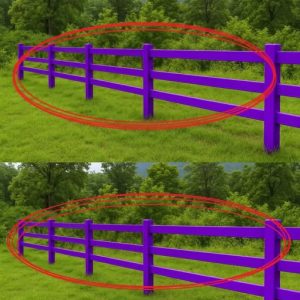Blackridge Correctional Facility was a fortress — every corridor under constant surveillance, every entrance locked and accounted. Secrets rarely survived long in its walls. So when Inmate #241, Mara Jennings, began to complain of nausea and dizziness, the facility’s medical staff dismissed it as stress or common illness. But when the lab report came back, Dr. Eleanor Hayes stared in disbelief: Mara was pregnant.
The revelation was biologically impossible. Blackridge had been an all-female staff–run facility for years; no male personnel had been present. Eleanor called Warden Clara Weston, who arrived immediately. Neither woman could explain it. As whispers spread through the prison, two more inmates claimed identical symptoms and, after testing, confirmed pregnancies. Panic rippled through the blocks. Some believed miracles. Others accused staff of crimes unimaginable.
Warden Weston ordered an exhaustive audit — cameras, logs, visitor records — but found nothing. Still, as the count of pregnancies rose, the panic deepened. One evening, Eleanor noticed a patch of freshly upturned soil in the outer yard. With a guard, she unearthed a wooden panel that revealed a dark tunnel running beneath the prison walls. The tunnel stretched toward Ridgeview Men’s Correctional Facility. In the tunnels, improper rendezvous had been occurring, and relationships had developed. DNA tests later confirmed the fathers were inmates at Ridgeview.
When interrogations began, a woman named Louise Parker confessed that she and others had met men through the tunnel with some level of consent; a few guards had known and turned a blind eye. Two female guards were arrested and admitted they had discovered the tunnel earlier but failed to act. The scandal exploded nationally. Warden Weston resigned. Blackridge was indefinitely locked down and its staff replaced.
In her final conversation with Clara, Eleanor said something that would haunt her long after: people behind bars are still human, and their desperate need for connection can rip apart even the most fortified systems. The tunnel was sealed. New safeguards were imposed across federal prisons. But the scar remained — a reminder that control can crack when the walls become too oppressive, and that in darkness, people will always find a way to reach one another.





